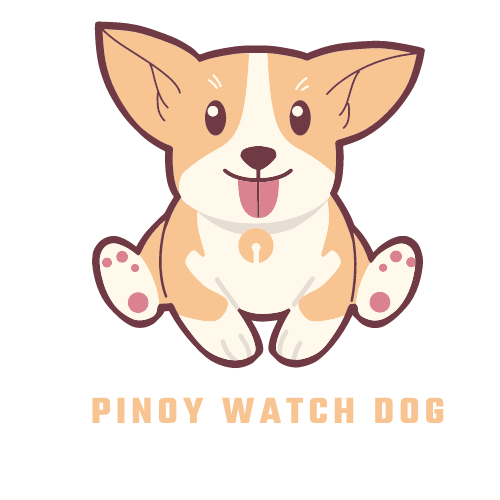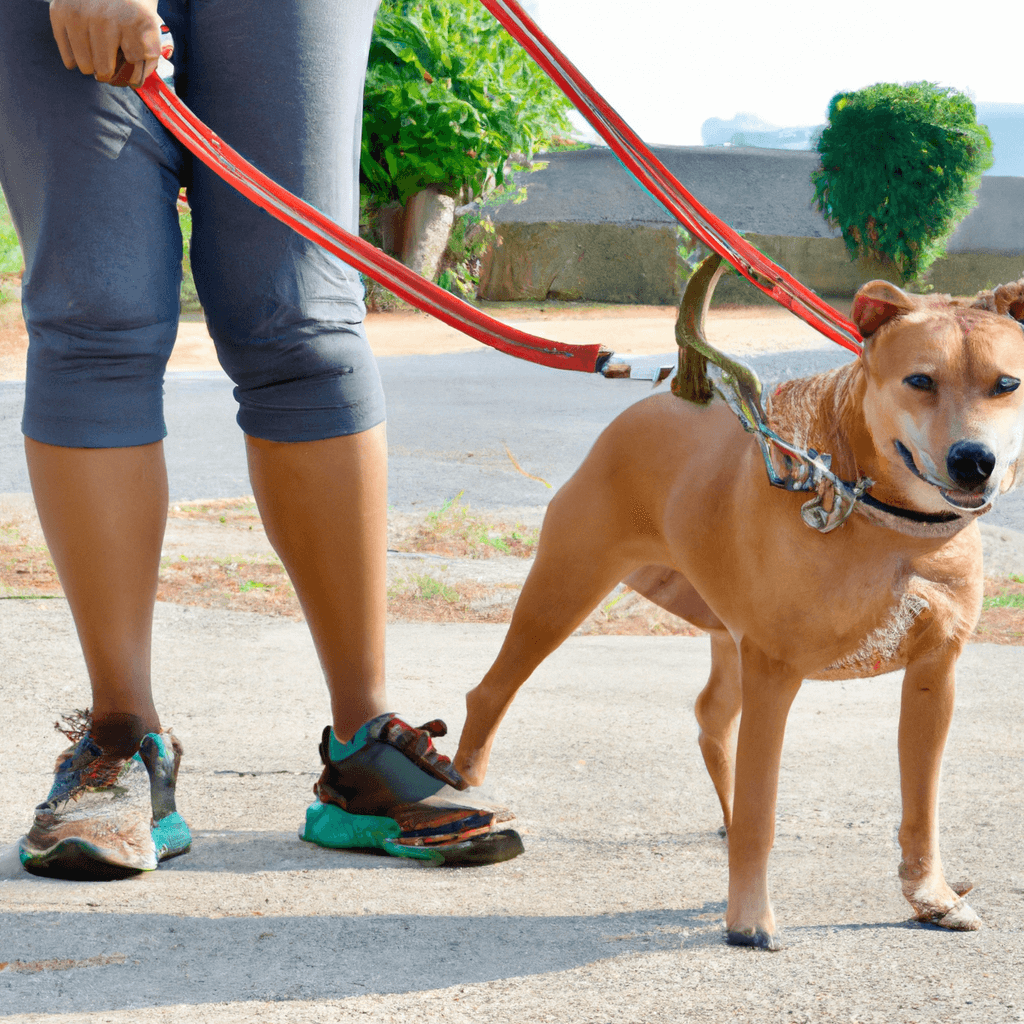How to train your dog loose leash walking?
Training a dog to walk on a loose leash is an important skill for both you and your pup. Loose-leash walking can help your dog learn to manage his energy levels and make outings with him more enjoyable.
By having your pup walk on a loose leash, you can prevent him from pulling, lunging, and barking at other people and dogs you encounter on your walks. In this guide, you’ll learn how to teach your dog to walk on a loose leash, including the best methods and tips for success. With some patience and consistency, you and your furry friend can learn to enjoy stress-free walks together.
5 Steps to Lose Leash Walking: How to Get Your Dog to Heel
- Start in a Low-Distraction Environment: Before you start leash walking with your pup, find a quiet place with few distractions. This will help your pup stay focused and help you control the situation more easily.
- Give Your Dog a Command to Heel: When you’re ready to start, give your dog a command to heel. You can use specific commands like “heel,” “let’s go,” or “come on.”
- Reward Your Dog for Heeling: If your pup does what you asked, reward them with a treat or verbal praise. This will encourage them to continue doing the behavior they want.
- Don’t Pull on the Leash: If your pup starts to pull on the leash, stop and wait until they stop pulling. Then, take a few steps in the opposite direction. This will help your pup understand that pulling on the leash will not get them anywhere.
- Practice Makes Perfect: Loose leash walking does take time and practice to master. If you’re consistent and keep practicing, you’ll soon have your pup walking nicely beside you.
Leash Pressure: How to Teach Your Dog the Right Amount of Tension
Are you having trouble teaching your dog the right amount of tension on the leash? Don’t worry – it’s a common problem! Leash pressure can be tricky for both dogs and owners, but with some patience and dedication, you can learn to work together as a team.
Here are some tips to help you out. First and foremost, start with short leash walks in low-distraction environments. This will help you and your pup focus on each other and establish a better understanding of the pressure you want them to apply.
Next, when you feel tension on the leash, stop walking and wait. This is a great way to teach your pup that tension on the leash means “stop”. You can also use treats or verbal praise to reward your pup when they don’t pull.
Finally, when your pup starts to pull, give a sharp tug on the leash and then quickly let go. This will let them know that pulling is not acceptable. By using these tips, you can help your pup learn the right amount of tension on the leash. Remember to be patient and consistent with your training, and you’ll soon be able to enjoy peaceful and enjoyable walks with your pup.
Food Rewards: How to Positively Reinforce Loose Leash Walking
Positive reinforcement is a great way to train your pup on how to walk with a loose leash. Food rewards can be an effective way to reinforce good behaviors. Here are a few tips on how to use food rewards to positively reinforce your pup’s loose leash walking skills:
- Start small. Start by rewarding your pup with small pieces of a yummy treat every time they walk with a loose leash. This reinforces the behavior and lets your pup know that walking with a loose leash gets them a tasty reward!
- Be consistent. Make sure you are rewarding your pup consistently for walking with a loose leash. This will help them understand that walking with a loose leash is the behavior that gets them a reward.
- Increase the value of the reward. As your pup gets better at walking with a loose leash, you can start increasing the value of the reward. This will help them understand that they will get a bigger reward for walking with a loose leash.
- Give verbal praise. Along with the food reward, make sure you are also giving your pup verbal praise when they are walking with a loose leash. This will help them understand the behavior you want them to do and make it more rewarding for them.
Using food rewards to positively reinforce your pup’s loose leash walking skills can be a great way to train your pup. Just make sure you are consistent, start small, and increase the value of the reward as your pup gets better at walking with a loose leash. And don’t forget to give your pup verbal praise along with the food reward as well!
Body Language: How to Use Your Own Posture to Teach Loose Leash Walking
Are you having trouble teaching your pup to walk on a loose leash? You’re not alone! One of the most common problems pet owners face is teaching their four-legged friends how to walk nicely on a leash.
It can be a real pain, but the good news is that there’s an easy solution – you can use your own body language to help teach your pup to follow you! The key to successful leash walking is to use your body movements to communicate with your pup.
If your pup is pulling on the leash, stop and stand still. Remain calm and try to relax your body. This will tell your pup that you are in control and that they need to follow you. When you’re ready to move, start walking in a relaxed but confident manner.
Make sure your pup is following you and not pulling on the leash. If your pup starts to pull ahead, stop and wait for them to come back to you. This will show them that you are the leader and that they need to stay with you.
When your pup is walking on a loose leash, always reward them with a treat. This will reinforce the behavior and help them learn that walking nicely is a good thing. By using your own body language, you can easily teach your pup to walk on a loose leash.
Just remember to remain calm, be confident, and reward your pup when they do a good job. With a bit of patience and practice, you’ll soon have a pup that’s a pro at leash walking!
Distractions: How to Keep Your Dog Focused on the Walk
Going for a walk is a great way for you and your pup to get some fresh air and exercise. But sometimes, your pup can get easily distracted and take the walk off course. Here are some tips to help keep your pup focused on the walk:
- Be consistent. Make sure your pup knows what to expect from the walk. Have a set routine and walk the same route each time.
- Bring treats. Use high-value treats as rewards when your pup is walking nicely. Having a few treats in your pocket can help keep their attention on you.
- Redirect their attention. If your pup is getting distracted by something, redirect their attention back to where it should be. Use a command, such as “look” or “watch me” to get their focus back on you.
- Set a goal. Have an end goal for the walk, such as a specific destination or a certain number of steps. This will help keep your pup focused on the task at hand. 5. Be patient. Don’t try to rush the walk. Give your pup enough time to sniff and explore, but don’t let them get too distracted. By following these tips, you and your pup can have a successful and enjoyable walk!
Training your dog to walk on a loose leash takes patience and practice. Start by having your dog walk next to you in the house and then gradually increase the time and distance. Reward your dog for walking on a loose leash and correct them if they start to pull.
Use different rewards, like treats, toys, and praise, to keep your dog motivated and interested. With consistency and positive reinforcement, your dog will soon learn to walk on a loose leash.




